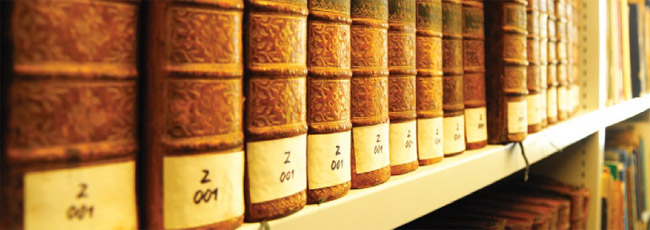SAPPHIRE Protects Priceless Artifacts

An architectural gem in Des Moines, Iowa, the Salisbury House, is home to original manuscripts of some of history’s most enduring names including Abraham Lincoln and Queen Elizabeth I, as well as first edition prints of the King James Bible and works by Ernest Hemingway and D.H. Lawrence.
The Salisbury House was built between 1923 and 1928 by financier Carl Weeks and modelled after the King’s House in Salisbury, England. Over the course of five years, architects and craftsmen from all over the U.S. were hired to painstakingly recreate every feature of the Tudor-style mansion that captured the imagination of the Iowa pharmaceuticals magnate. Eventually, the mansion would swell to 42 rooms, many of which are dedicated to showcasing an expansive art collection. The paintings and sculptures, intricate wood panelling and rich tapestries collected in this home all celebrate human expression and craftsmanship and have been preserved through the 20th century to educate and inspire future generations.
Given the cultural importance of the Salisbury House to the community of Des Moines, not only as an architectural masterpiece but also as the home of priceless artifacts, the Salisbury House Foundation opted to use a clean agent extinguishing system. This system extinguishes fires without causing any damage to electronics, works of art, irreplaceable artifacts and other critical assets. This system provides the ideal solution for hospitals, museums, libraries, telecommunications centres and other facilities seeking to protect critical assets that could be damaged by ordinary fire suppression systems. The system installed by Tyco’s Fire Suppression Group following NFPA 2001, Clean Agent Extinguishing Systems.
The greatest concern was protecting the institution’s rare books collection, which includes more than 2,200 rare books and 700 original letters, manuscripts, and documents. An Ansul Sapphire™ Fire Suppression System was recommended, which uses an FK-5-1-12 (Dodecafluor-2-methylpentan-3-one) suppression agent. This classification requires the clean agent to be electrically nonconductive and leave no residue upon evaporation. It resembles water, but does not cause the type of damage associated with water when putting out a fire due to its inert affect on ink or paints. The agent extinguishes a fire via its cooling effect, not by displacing oxygen in the hazard area. It can be used to protect artwork, electronic equipment and other delicate items without causing any harm.
